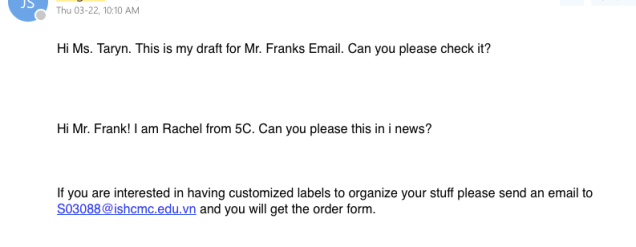A few months ago I shared with you our crazy idea to have student-planned UOIs and I left off at the part of the process where students either decided to “pivot” or “persevere”.
So here is what has happened since then…
The “Pivot-ers”
Right after some students decided to “pivot” I pulled them all together to help them reflect on their purpose, motivation and success from their first student-planned UOI. I used the continuum of purpose and the continuum of motivation to help ground their reflections and think about what they might do differently next time.
Then I had a whole guided activity planned to help them go back to step 1 (brainstorming potential purpopses) using our “purpose planner” and thank goodness I thought to ask if any of them happened to have a new purpose in mind… because every single one of them did! None of them needed me to walk them through the process of tuning into a new purpose – a process that had taken most students weeks the first time around! But now they were all much more intune with their own interests and curiosities that they could skip right over that part and jump right into designing their unit! Not to mention that they advocated for the opportunity to try to plan their unit independantly, before sitting down with me for some feedback, instead of planning their unit with me, like they had done before.
It was great to see that students were supporting one another to design their UOIs – pointing our transdisciplinary connections, suggesting possible resources, consulting on strong success criteria.

Once their new UOI planner was complete there were lots of other visible changes with regards to the motivation and success for this group of “pivot-ers”:
When they arrived to school it was the first thing they worked on

Two friends making scoobidou key chains
Walls were broken down about what kind of learning is school-worthy

Learning new card tricks

Developing cutting skills
It was clear they were in their flow

Sketching multiple perspectives of a car
They spent time on their purpose at home

Ordering a sticker making machine
They were more confident to break away from their friends

Independanlty working on a page for the yearbook
They chose to take their purpose public

Selling his hand-made sushi to the class

Selling his hand-made sushi to the entire school community

Sending out an order form for personalized stickers to teachers and students
Overall, the “pivot-ers” knew themselves better, felt more confident, understood “learning” in a broader, deeper way and took more risks.
The “Persever-ers”
Just as their was undeniable growth and progress with the “pivot-ers”, there was just as much with the “persever-ers”.
They challenged themselves and took themselves to the next level

Increasing the complexity of a first design

Moving on from drawing by hand to digital drawing

Working on a bigger, more complex model

Assinged herself a 30-day drawing challenge
They took more action

3-D printed, personalized designs

Hand-made board game
They moved themselves along the continuum of purpose towards more service to others

Student-led afterschool activity

Student-led assemblies for younger grades

Teaching KG students how to use new and improved rock climbing wall

Changing original purose to be more sustainable and environmentally friendly

Producing and selling personalized bamboo straws

Using a love of drawing realistic animals to inspire discussion about endangerment

Providing photography services for Grade 4 poetry exhibition
They chose to venture out of their comfort zone

Student-planned field trip to a shoe factory

Preparing music set to be played at monthly school market
They developed mastery


More sophisticated cooking supplies and set-up


Greater attention to detail and craftmanship of dollhouse

Professional quality water colour materials

Using a laser-cutter to personalize bamboo straws


Focus on accuracy and percision of measurements
Increased curation of learning resources and materials

TInkercad playlist to support with 3-D shoe design

Specific wood needed to make a cubby organizer
And although there were some noticable differences between the groups, there were also lots of similarities regardless of whether they had pivoted or persevered.
What we noticed about all students
They wanted to teach others and share their learning

Photoshop “Master Class”

K-Pop workshop

Helping a friend with Ukulele skills
Many organic collaborations formed

Botanists and entomologist working together in the school garden

A sushi business owner hires an artist to design his logo


Two friends build a bath bomb business together
Organic mentor relationships developed

Grade 3 teacher shares her love and talent for sketch noting

Working with our permaculture consultant to develop our school’s composting system

Studio 5 advisor shares his passion for photography

Learning with our IT integration coordinator to film experiments

A budding artists connects with a TA who also loves to draw
They actively sought out feedback to improve



A feedback document designed to collect and organize feedback from multiple sources

Request for feedback on part of her advertising campaign
They had stronger documentation of their journey

Some have digital process journals


Some have Weebly blogs

Some have WordPress blogs

Some use SeeSaw

Some sketchnote
They continued to show interest and curiosity for one another’s purpose



They improved their ability to evaluate and articulate their learning


So where does that leave us?
Overall, we’re surrounded by happy, free children, comfortable to be themselves and follow their own journey – but together.

We still have a long way to go in refining this process… but we’re enjoying the journey along the way.
(Photo credits – @puglifevn, @PhuHua, @makingoodhumans)